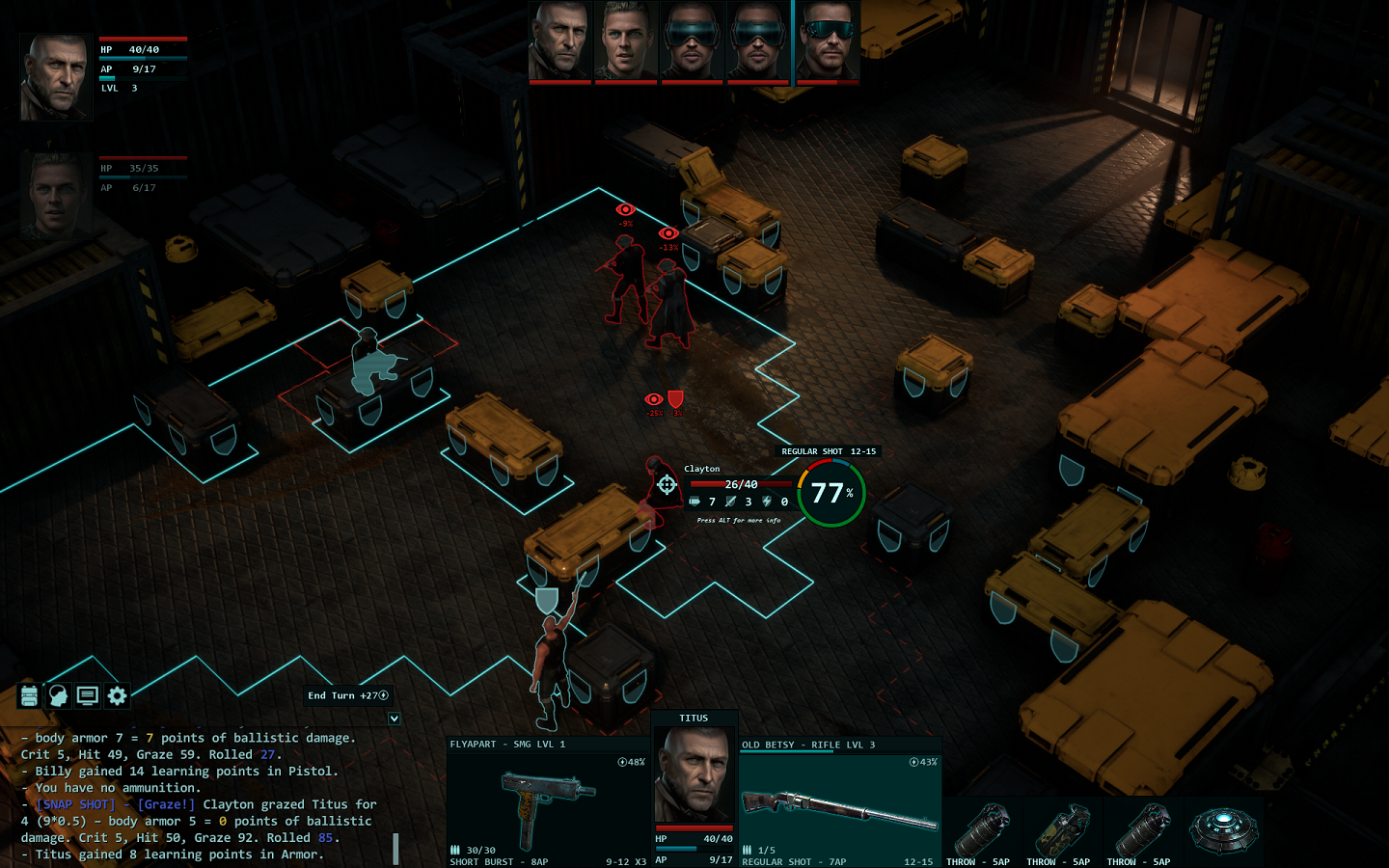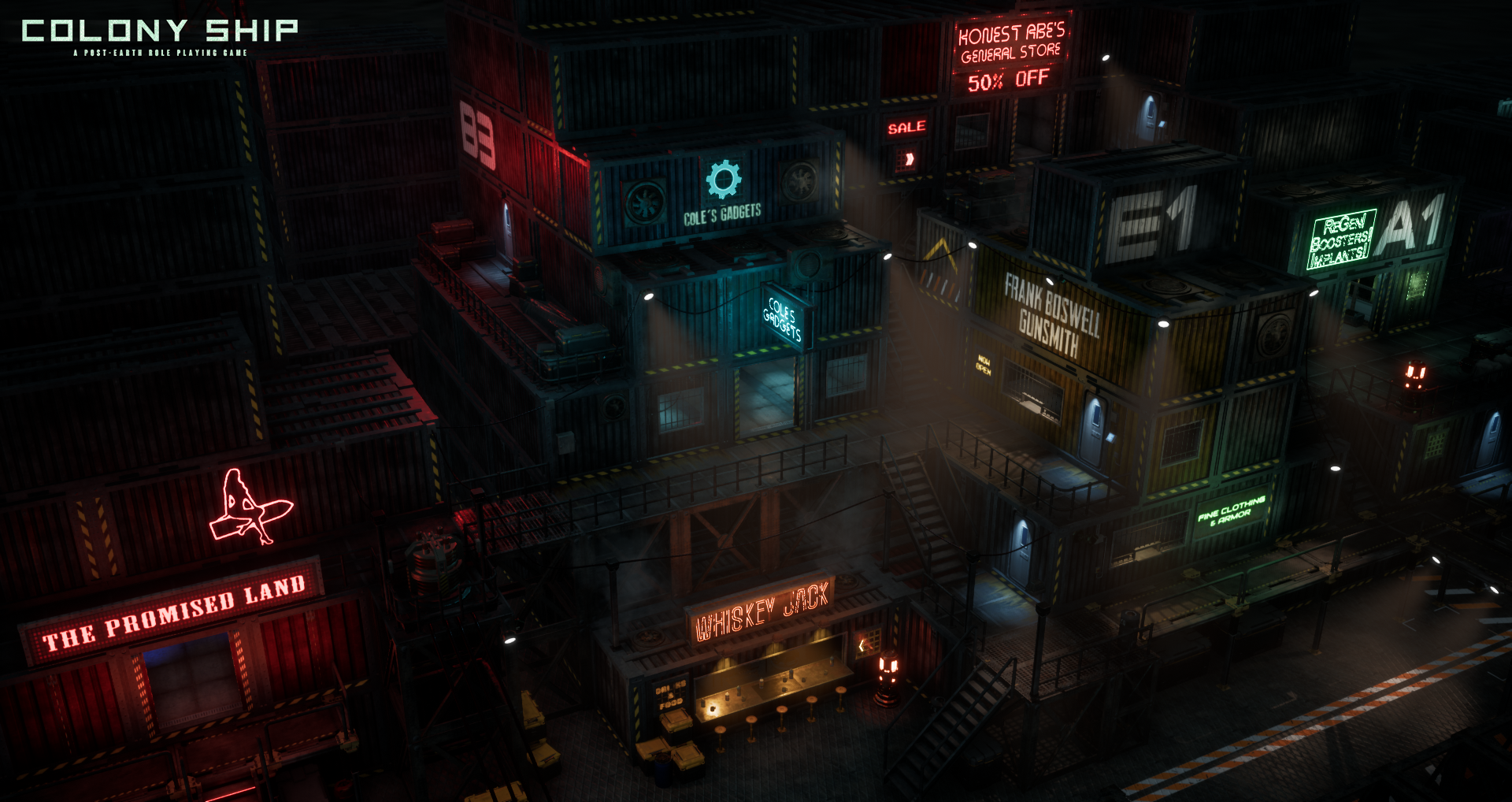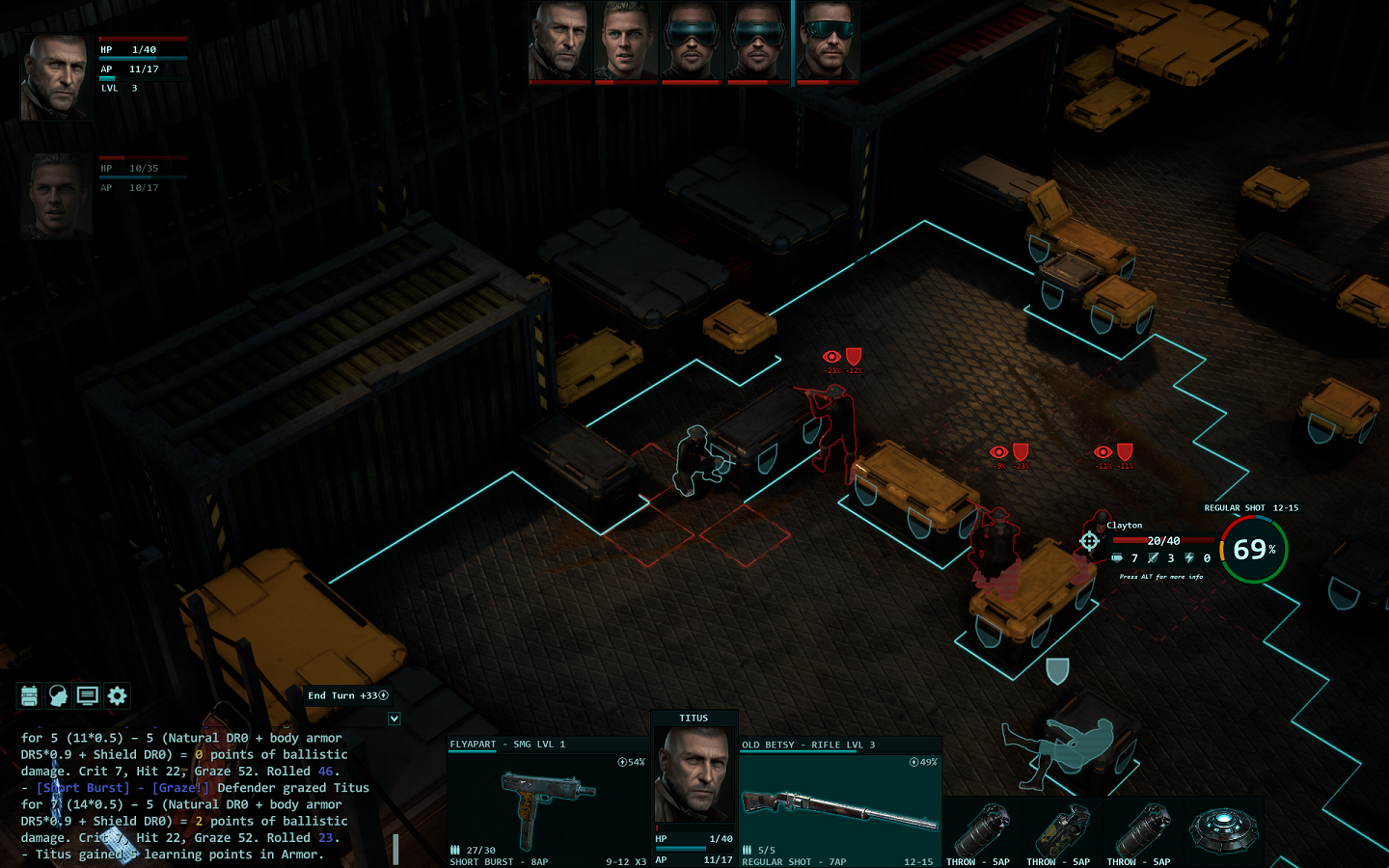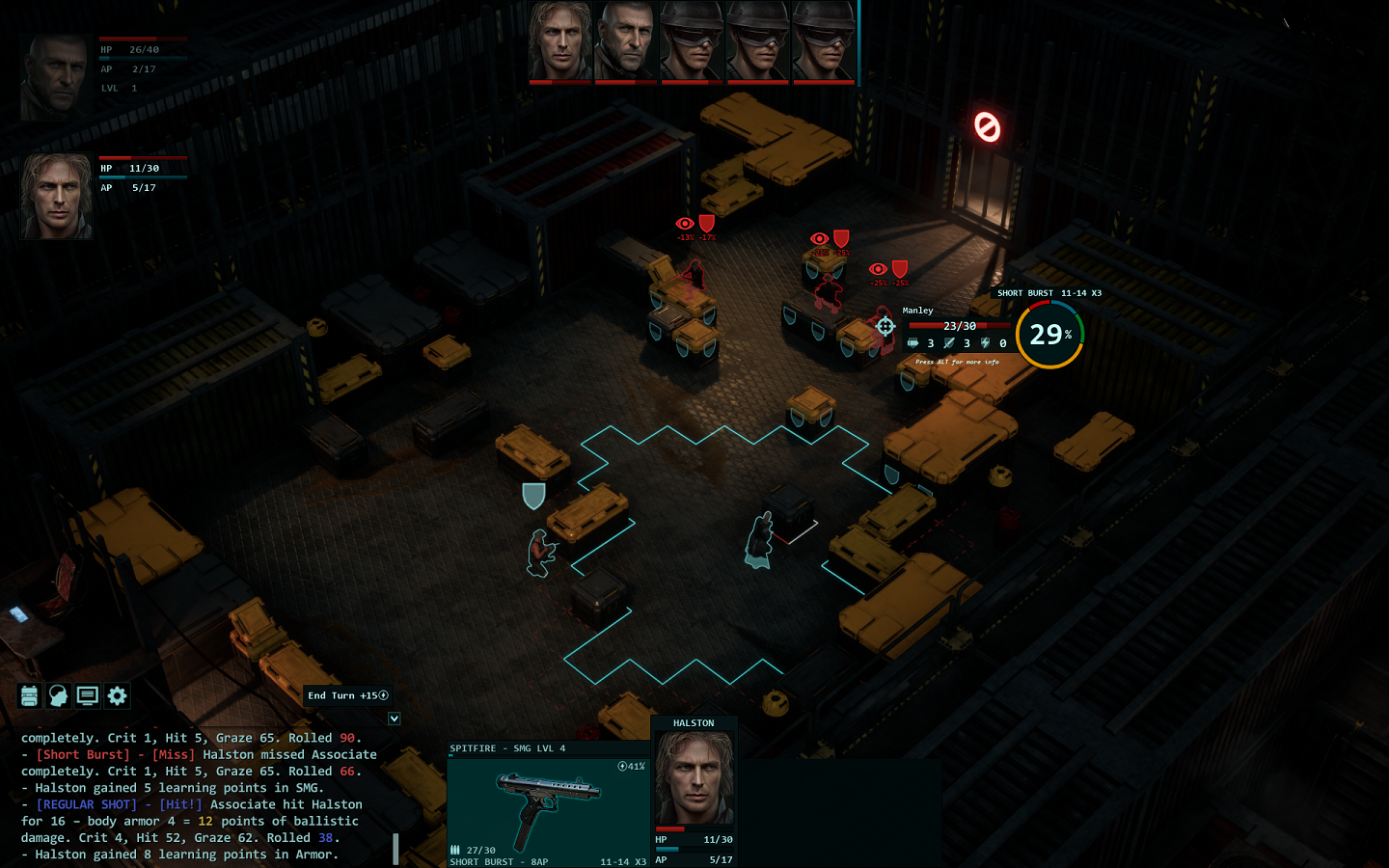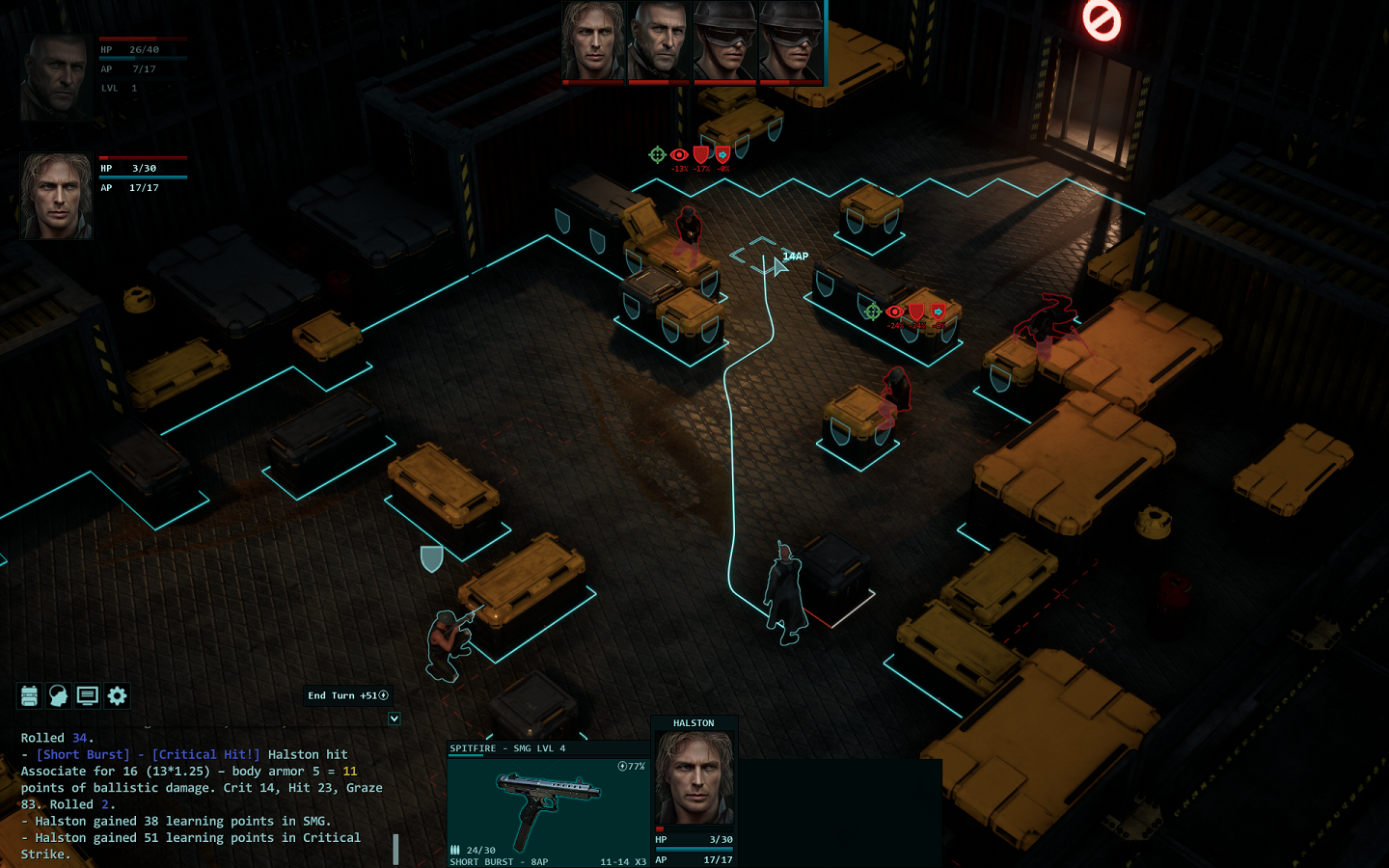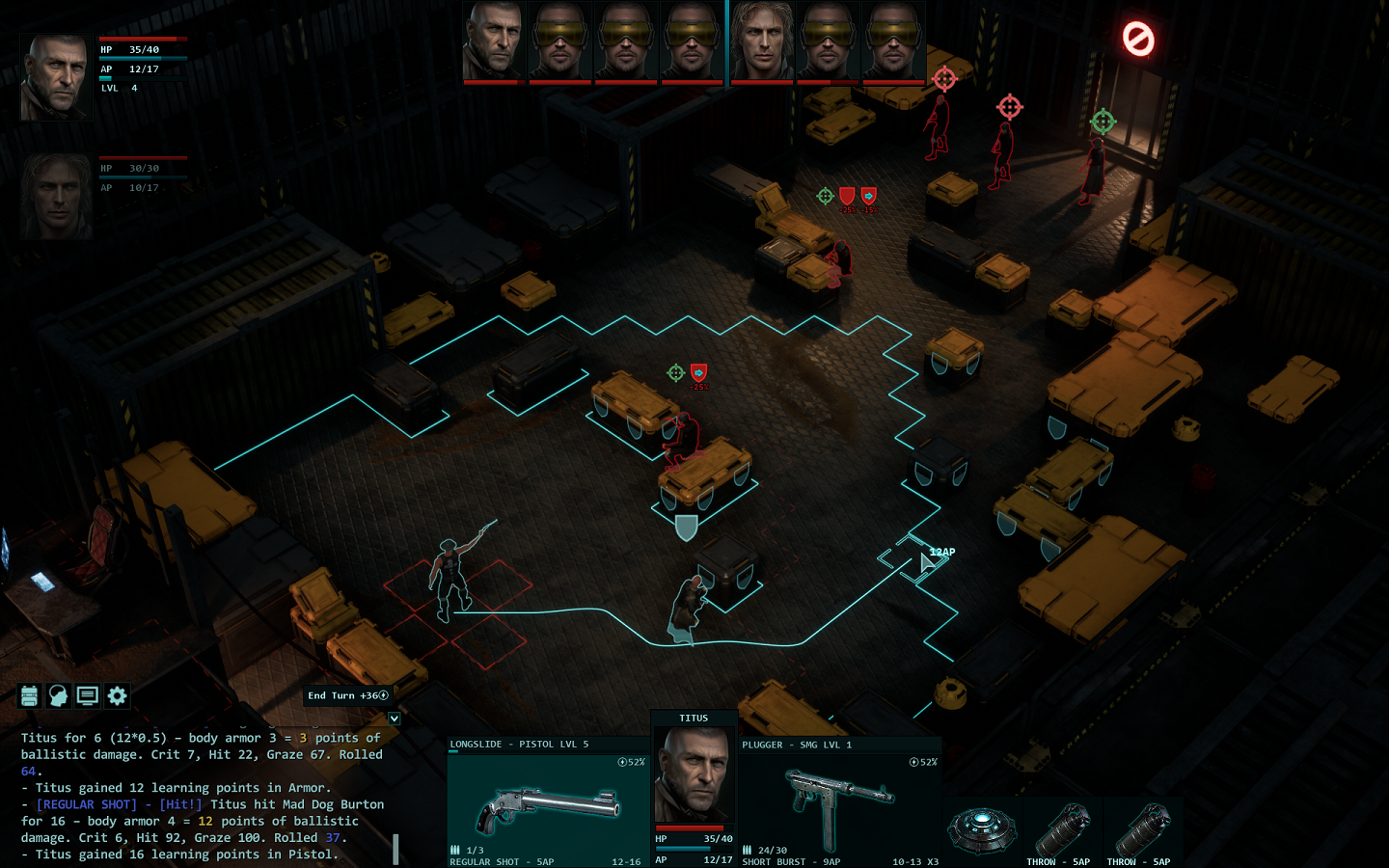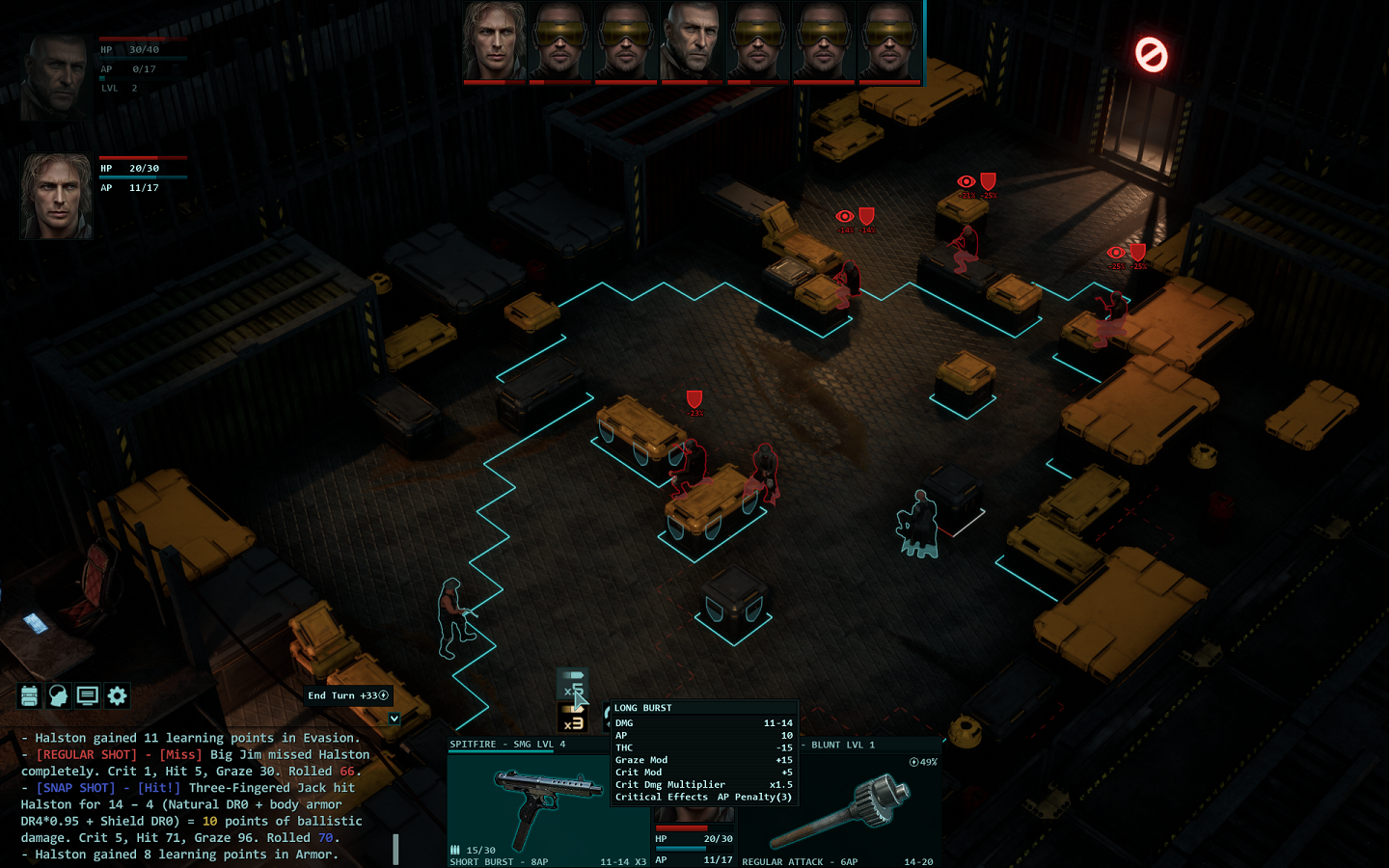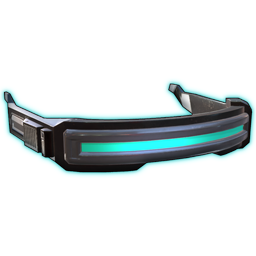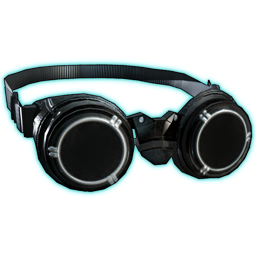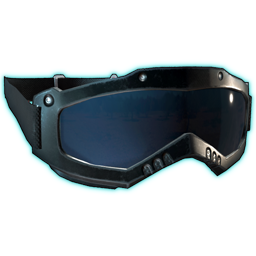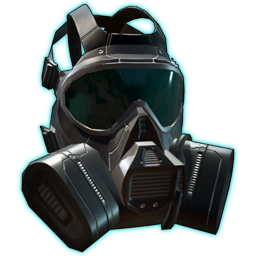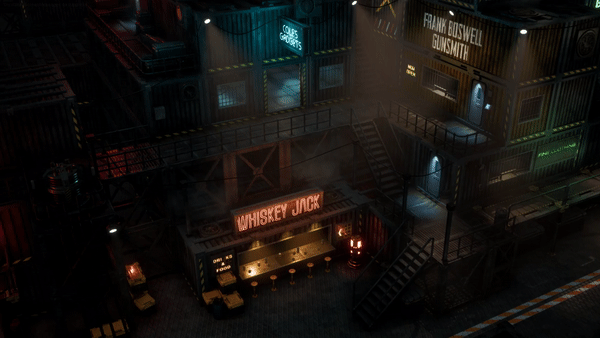Combat Demo will be released tomorrow - Apr 15.
As the title says, the hopefully long-awaited combat demo will be released tomorrow. A public release, even if it's only a combat beta, is a big milestone, as it's the foundation on which the rest of the game will be built. All the key features are there: the character system, increase-by-use skills, the combat system and AI, party mechanics, dialogue, inventory, pathfinding, etc. It's a game in itself, which is why it took so long to get to this stage.
I can talk some more about this journey and its emotional impacts, but instead let's talk about something that really matters - how are you going to survive in the demo? I know, I know. Just the other day you killed three dragons and fifty two ogres, so why should you worry about some malnourished humans coveting what little you have? Well, I think you should, so here are some friendly tips:
Good luck tomorrow. Looking forward to your feedback.






I can talk some more about this journey and its emotional impacts, but instead let's talk about something that really matters - how are you going to survive in the demo? I know, I know. Just the other day you killed three dragons and fifty two ogres, so why should you worry about some malnourished humans coveting what little you have? Well, I think you should, so here are some friendly tips:
- You'll die. A lot. If that's a deal breaker to you, do yourself a favor and walk away. There's plenty of stress in real life, why add more?
- The tyranny of numbers: stats, skills, derived stats, feats, weapon stats, attack types, armor, range - anything that has some kinda number scribbled next to it - matter a lot, so choose them with care. If you don't like paying attention to numbers, there's a good chance you won't do well in combat.
- Your enemies use the exact same system, so if you see something that works well for them, it will work well for you too. Learn from your enemies because at this point they understand the system (via the combat AI) better than you do. Then (and only then) can you have your revenge.
- Different weapons require different tactics, feats, and gear. If your melee fighter blindly charges at five enemies with machine guns, don't be surprised if they promptly turn your character into Swiss cheese. You need high Evasion, boosted by a Distortion Field generator, you need smoke grenades (ranged penalty is much higher than melee penalty) and ideally thermal vision goggles. They can't hit what they can't see. Keep in mind that your rangers might find themselves on the receiving end one day.
- Even within the same class, different weapons are designed for different things. Long barrel pistols are designed for range and marksmanship. Revolvers for speed and reaction fire. Multi-barrel pistols are for double shots. So using a multi-barrel pistol in single-fire mode over some range would be a mistake whereas using it to deal with people who tend to get in your face would be a perfectly fine choice.
- Your THC (to-hit chance) will be low at first. We strongly suggest grabbing a specialization feat to raise your to-hit chance by 10 as soon as possible. It's not a mandatory feat but it will make things easier while you're struggling to survive. Pressing ALT while aiming will expand the targeting info and show the THC breakdown. The five main components that make your enemies hard to hit are:
- their evasion ability (skill modified by feats, implants, and armor)
- cover (either flank them or flush them out with poison grenades)
- gadget (distortion field will make them very hard to hit but the effect doesn't last long)
- your weapon's range (you lose accuracy with each tile beyond the effective range)
- penalties inflicted upon your character via aimed attacks, smoke or flashbang grenades (better gear will help you reduce these penalties).
- their evasion ability (skill modified by feats, implants, and armor)
- There are no difficulty modes but there are 3 different ways to generate Random Numbers used to determine if you hit or miss: truly random (anything goes), lightly adjusted (numbers are drawn like cards from a deck, meaning you can't draw the same number twice under the deck is reshuffled), and heavily adjusted (the number of consecutive misses in a row is limited based on your THC, so no more missing 3 times in a row if your THC is 80%). Keep in mind that your enemies will use the same RNG too and would enjoy hitting the target more often.
- When in doubt about something, check the tooltips. We did a good job explaining the mechanics and values in tooltips, so if you wonder, for example, why your character has only 15 action points instead of 17 he or she is supposed to have, hover your mouse over the stat in question and you'll see that the armor penalty has reduced your AP by 2 points.
Good luck tomorrow. Looking forward to your feedback.






